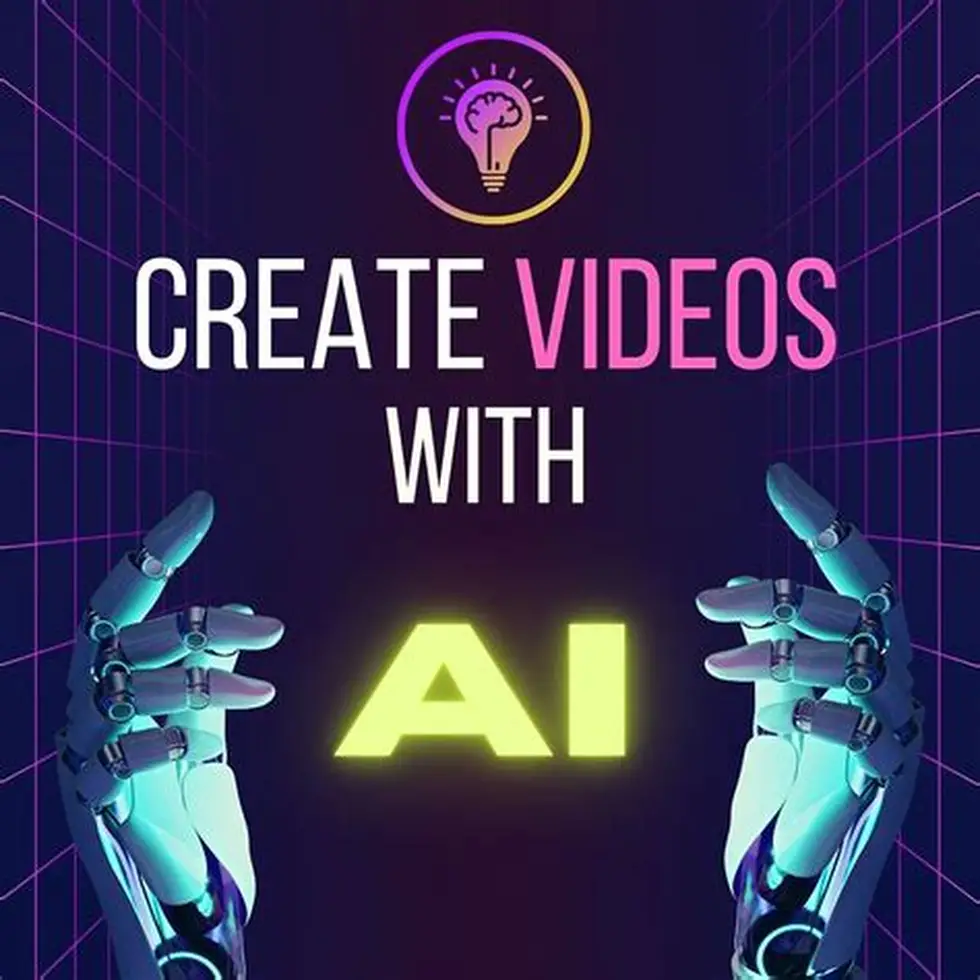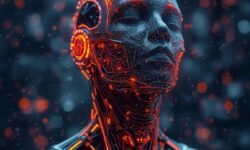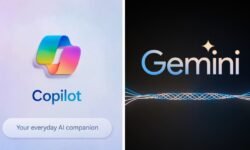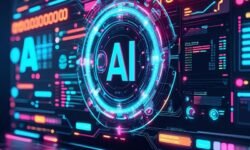How AI Generates Video and Images in 2025: A Complete Guide to the Next Generation of Synthetic Media
The Dawn of Hyper-Realistic Synthetic Media
The year 2025 marks a pivotal moment in the evolution of artificial intelligence, particularly in the realm of AI video and image generation. What was once a nascent technology producing blurry, uncanny, and short clips has matured into a powerful tool capable of generating high-fidelity, photorealistic, and temporally consistent video and imagery from simple text descriptions. The advancements in diffusion models, multimodal understanding, and computational efficiency have pushed the boundaries of what's possible, reshaping industries from filmmaking and advertising to video game development and architectural visualization.
This comprehensive guide will delve into the core technologies powering this revolution, explore the leading platforms like OpenAI's Sora, Stable Diffusion 3, and Midjourney v7, and examine the real-world applications and ethical considerations that define the state of generative AI in 2025.
The Core Technologies Powering AI Generation in 2025
The leap in quality and coherence from just a few years ago is underpinned by significant architectural innovations. While Diffusion Models remain the foundation, they have been augmented with new paradigms that solve previous limitations like object permanence and long-term consistency.
1. Advanced Diffusion Models
Diffusion models work by iteratively denoising a field of random noise to form a coherent image or video sequence. In 2025, this process has become vastly more efficient and effective. Video Diffusion Models now operate in a compressed latent space, similar to their image counterparts, drastically reducing computational costs. Key innovations include 3D convolutional layers and spatiotemporal attention blocks that understand how objects move and change over time, ensuring that a generated cat doesn't mysteriously morph into a dog between frames. (Source: Ho et al., Video Diffusion Models, 2022).
2. World Models and Physics Engines
The most significant breakthrough for video has been the integration of implicit world models. These are internal AI simulations of basic physics and object interactions. Instead of just predicting the next pixel, models like Sora learned from a massive corpus of video data to develop an understanding that a ball thrown in the air will follow a parabolic arc, that water fills a container, and that a person walking has a consistent gait. (Source: OpenAI, Video Generation Models as World Simulators, 2024).
3. Multimodal Understanding
In 2025, AI generators are no longer just "text-to-image." They are true multimodal systems. They can accept a combination of text, image, video, and even audio inputs to guide generation. You can upload a sketch and describe it, provide a source image and a text prompt to modify it, or even use a reference video to dictate the motion style for a newly generated clip. This is made possible by powerful encoders that translate all these modalities into a shared latent representation that the diffusion model understands. (Source: Rombach et al., Stable Diffusion, 2022).
4. Efficient Scaling and Optimization
Generating a 4K, 60-second video in 2025 no longer requires a supercomputer. Through techniques like model distillation, highly optimized inference engines, and specialized AI hardware, what was once a research demo is now accessible on consumer-grade cloud services and even high-end local workstations. This democratization is a key driver of widespread adoption.
Leading AI Generation Platforms in 2025
The competitive landscape has evolved, with several platforms establishing dominance through unique strengths and specializations.
OpenAI’s Sora: The World Simulator
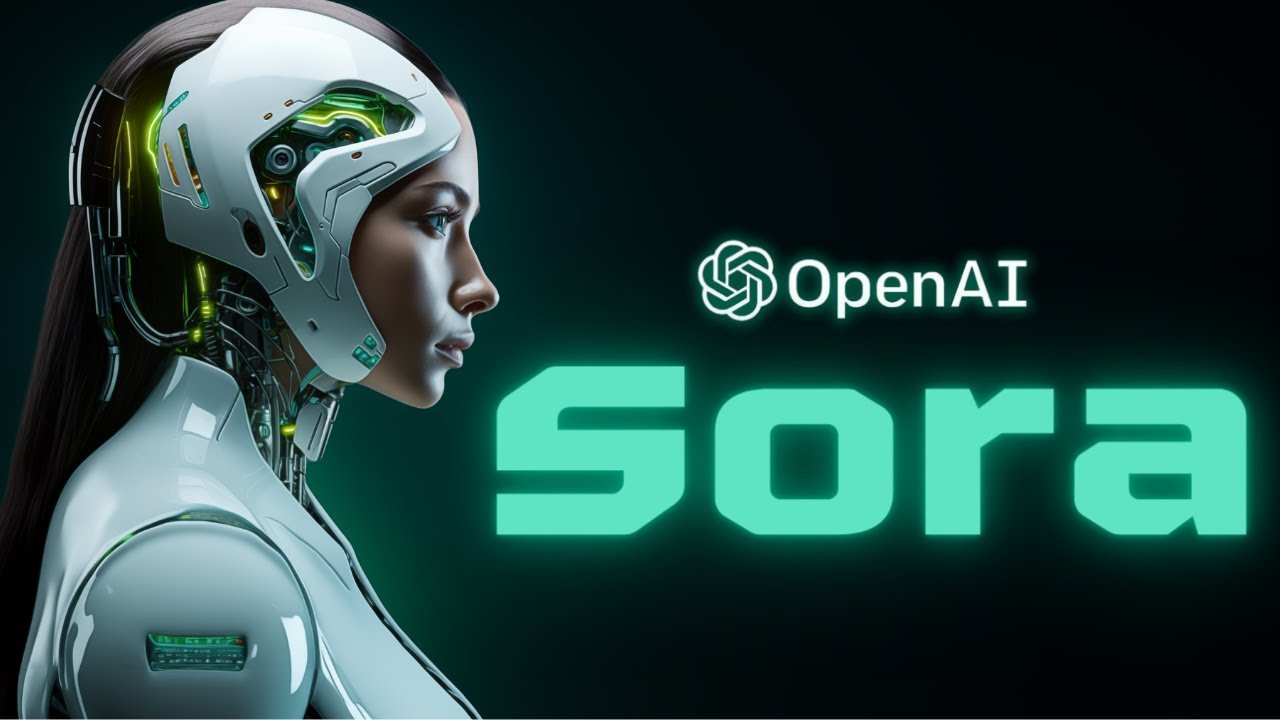
After its groundbreaking reveal in 2024, Sora has set the benchmark for quality and coherence in text-to-video generation. Its key differentiator is its ability to generate videos with complex camera motion and consistent multi-character interactions within a scene. It excels at simulating realistic physics and maintaining object permanence over long durations (up to 60 seconds+). (Source: OpenAI Sora Official Page).
Stable Diffusion 3: The Open-Source Powerhouse
Stability AI's Stable Diffusion 3 (SD3) represents the pinnacle of open-source generative models. Its modular architecture allows for unparalleled customization and fine-tuning. The community has built an immense ecosystem around it, creating specialized LoRA adapters for any style imaginable and developing tools for precise control over generation via ControlNet and IP-Adapter. It remains the go-to choice for developers, researchers, and artists who require full control over their AI pipeline. (Source: Stability AI Announcement).
Midjourney v7: The Artistic Virtuoso
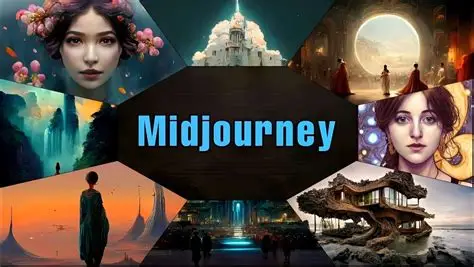
While others focus on photorealism or video, Midjourney has doubled down on its strength: aesthetic excellence. Version 7 is less about simulating reality and more about interpreting it through the lens of any artistic style, genre, or mood. Its understanding of composition, lighting, and artistic nuance is unmatched, making it the preferred tool for concept artists, illustrators, and marketers seeking a specific, high-end visual feel. It has also begun integrating basic video generation capabilities focused on artistic motion.
Runway Gen-4: The Filmmaker’s Toolkit
Runway has positioned itself not as a raw generator but as an integrated AI-powered video editing suite. With Gen-4, tools like Motion Brush, Inpainting, and Image-to-Video have become incredibly robust. Filmmakers can shoot a live-action scene and use Runway to extend sets, add CGI elements with perfect lighting matching, or apply complex visual effects that were once the domain of million-dollar VFX studios. It's praised for its user-friendly interface and powerful control features. (Source: Runway ML Gen-4 Blog).
Real-World Applications and Use Cases
The technology has moved beyond novelty into becoming a core tool across numerous industries.
Film and Pre-Visualization
Directors and cinematographers use AI to generate dynamic storyboards and pre-visualization shots instantly, experimenting with camera angles and lighting setups before a single real-world shot is taken.
Advertising and Marketing
Brands generate personalized ad creatives at scale. A single campaign can have thousands of video variants tailored to different demographics, regions, and platforms, all produced at a fraction of the traditional cost.
Game Development
Indie developers use AI to generate concept art, textures, and even in-game assets and cutscenes, dramatically reducing production time and allowing small teams to compete with larger studios.
Architecture and Design
Architects input CAD models and text prompts to generate photorealistic fly-through videos of unbuilt projects, complete with realistic lighting, weather effects, and people, for client presentations.
Ethical Considerations and Responsible Innovation
The power of this technology brings forth critical ethical challenges that the industry is grappling with in 2025.
1. Deepfakes and Misinformation
The potential for creating convincing but entirely fabricated video and audio content is the most pressing concern. In response, coalitions of tech companies, including OpenAI and Stability AI, have implemented robust provenance standards like C2PA (Coalition for Content Provenance and Authenticity) to cryptographically sign and watermark AI-generated content, allowing users to verify its origin. (Source: C2PA Official Website).
2. Copyright and Training Data
The debate over training models on publicly available data from the internet continues. In 2025, there is a clearer trend towards ethically sourced datasets and licensed data partnerships. Many platforms now offer indemnification to their enterprise customers, protecting them from copyright lawsuits related to the AI's output.
3. Economic Disruption
While AI is automating certain repetitive creative tasks, it is also creating new roles and augmenting human creativity. The focus has shifted towards AI-assisted creativity, where the artist acts as a director guiding the AI, rather than the AI replacing the artist entirely.
The Future: What’s Next for AI Generation?
As we look beyond 2025, the trajectory points towards even more integrated and real-time experiences.
- 3D Asset Generation: Moving from 2D images and video to directly generating complex, rigged, and animatable 3D models from text descriptions.
- Real-Time Generation: AI generators becoming fast enough to create content in real-time for interactive applications like video games and live simulations.
- Personalized Media: AI systems that can generate entire personalized movies or experiences based on an individual's preferences and input.
- Embodied AI: Combining world models with robotics, allowing AI to not just simulate the world but also predict the outcome of physical actions within it.
Conclusion
The state of AI video and image generation in 2025 is a testament to rapid and relentless innovation. The transition from impressive prototypes to reliable, scalable tools has been achieved through advancements in world models, multimodal understanding, and efficiency. Platforms like Sora, Stable Diffusion 3, and Midjourney v7 each cater to different needs, from hyper-realism to artistic expression. As this technology becomes further woven into the fabric of creative and technical industries, the ongoing dialogue around its ethical use and the balance between automation and human artistry will be crucial in shaping its positive impact on society.
Sources and References
Research Papers & Technical Sources:
Platform Announcements & Official Blogs:
Ethical Frameworks & Standards:
The Future: What’s Next for AI Generation?
As we look beyond 2025, the trajectory points towards even more integrated and real-time experiences.
- 3D Asset Generation: Moving from 2D images and video to directly generating complex, rigged, and animatable 3D models from text descriptions.
- Real-Time Generation: AI generators becoming fast enough to create content in real-time for interactive applications like video games and live simulations.
- Personalized Media: AI systems that can generate entire personalized movies or experiences based on an individual's preferences and input.
- Embodied AI: Combining world models with robotics, allowing AI to not just simulate the world but also predict the outcome of physical actions within it.
Conclusion
The state of AI video and image generation in 2025 is a testament to rapid and relentless innovation. The transition from impressive prototypes to reliable, scalable tools has been achieved through advancements in world models, multimodal understanding, and efficiency. Platforms like Sora, Stable Diffusion 3, and Midjourney v7 each cater to different needs, from hyper-realism to artistic expression. As this technology becomes further woven into the fabric of creative and technical industries, the ongoing dialogue around its ethical use and the balance between automation and human artistry will be crucial in shaping its positive impact on society.

